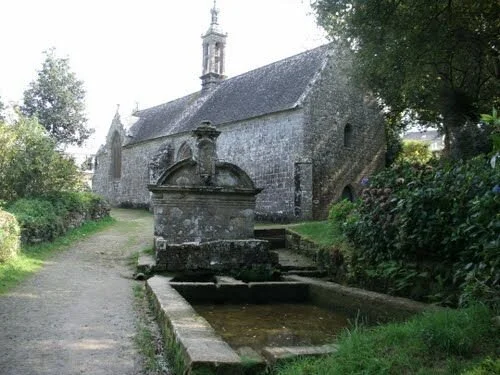Taming the Tiger Within
““If your house is on fire, the most urgent thing to do is to go back and try to put out the fire, not to run after the person you believe to be the arsonist””
The practice described here is inspired by Thich Nhat Hanh’s book Taming the Tiger Within- Meditations on Transforming Difficult Emotions. The tiger in his book represents anger. The idea is to transform this negative emotion into compassion, using the energy of mindfulness..
Here are the five steps recommended by Thich Nhat Hanh:
Recogize
Embrace
Investigate/Observe
Insight
Transform
Mindfulness recognizes, embraces and relieves. Mindfulness helps us look deeply inside ourselves to gain insight. Insight is a liberating factor. It allows transformation to happen. Let me explain.
Recognize
When anger rises, we first need to recognize it. One way is to say "anger rising" or a "part of me is angry". I notice my jaw tightening or my rib cage contracting making my breathing difficult or I am noticing my face getting hot, my throat closing down.
So when the energy of anger arises, we need to stop and take a few breaths.
Embrace
Then we need to embrace this difficult emotion and be with it, attend to it, accept it because you can take care of it and transform it into positive energy.
Thich Nhat Hanh writes "Anger is like a howling baby, suffering and crying. You anger is your baby. The baby needs her mother to embrace her. You are the mother. Embrace your baby."
Just like our organs, anger is part of us. When we are angry, we have to go back to ourselves and take good care of our anger. We cannot say " Go away anger, I don't want you".
Just embracing your anger, just breathing in and out, that's is good enough.
Investigate/Observe
In the beginning you may not understand the roots or nature of your anger or why it showed up, but as you recognize it and embrace it, it will become clearer why anger is here. Overtime you may see its function, its good intentions, its flavor, shape and form. We hurt where we care and we care where we hurt.
You might ask yourself : what am I caring about right now in this situation? And you will get some relief and gain insight.
Insight
It could be that the seed of anger has been there for years, a seed you have been watering over and over again, it could be your own or one of your ancestry.
You will soon realize that the person or system you are angry with is not the source of your anger. You may be repeating some patterns you learned as a child.
In the same situation you are in, others may not get angry. If you are angry with someome else, the other person is not the real cause of your anger.
When anger arises it is best not to say anything or do anything. If you react with anger, you risk escalating the situation and cause more damage to yourself or the relationship with the other person and the other person may try to find relief by making you suffer more. It is best to reconnect with yourself and look deeply into the nature of your anger to see how it has come about. This may take a while and repeated practice.
Later you may realize that you may have been confused, hurt, that you did not have the whole story. Or you may touch into the depth of your own caring.
If you can forgive yourself and/or the other person, please do so.
Transform
When you understand the nature of suffering (yours and the one of the opposite party), anger will vanish because it will be transformed into compassion.
When we are overwhelmed by fear or hate or anger, we forget that there are other kinds of energy inside of us: love, kindness, hope. When you touch the seed of understanding, mindfulness and loving-kindness in you, these qualities grow stronger for both you and the other people around.
This practice of transforming anger is key to any relationship but is particularly important to activism and advocacy: it's more impactful and does not lead to burn-out as staying angry does.














